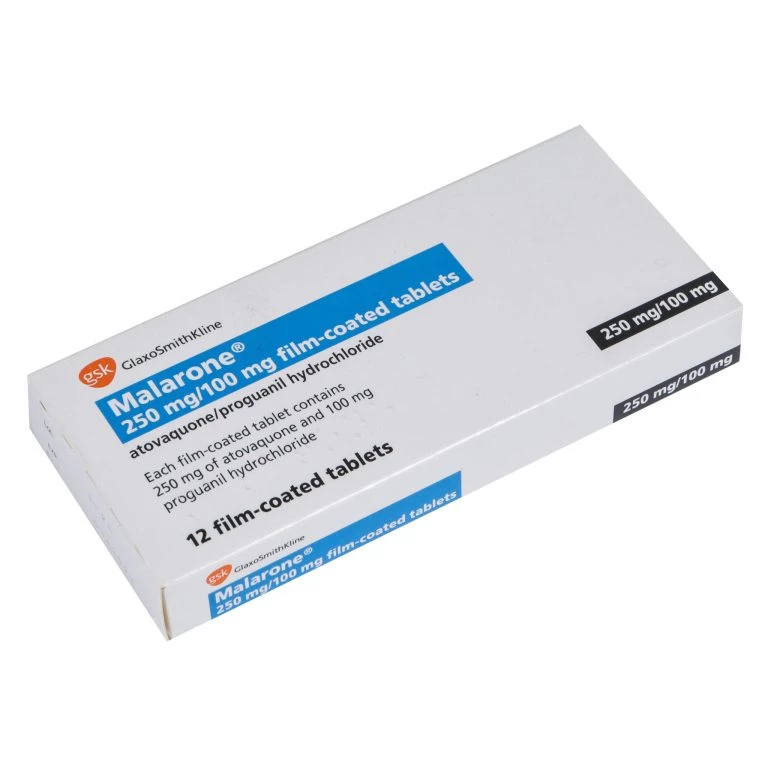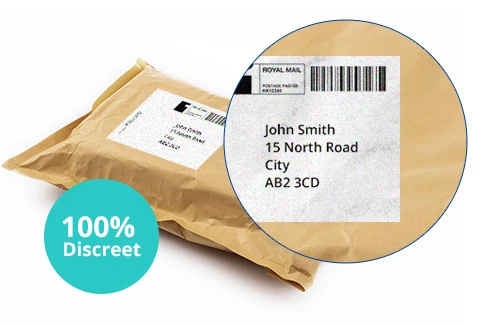What is Malarone?
Malarone contains two active ingredients: Atovaquone and Proguanil hydrochloride and is used for malaria prophylaxis. Malarone is used for the prophylaxis of falciparum malaria in areas of widespread mefloquine or chloroquine resistance. It is also used an alternative to mefloquine or doxycycline. It is particularly suitable for short trips to highly chloroquine-resistant areas because it needs to be taken only for 7 days after leaving an endemic area.
To establish whether Malarone is the most appropriate antimalarial for your travel, we should seek correct advice from your local GP, pharmacist or travel nurse or use reliable websites such as fitfortravel website or alternatively contact us for further information.
How do I take Malarone tablets?
Malarone should be taken 1-2 days before entering endemic area and continued for 1 week after leaving. It should be taken with or just after food or a meal at the same time each day.
What are the cautions associated with taking Malarone?
Although Malarone is a commonly used medication for the prevention of malaria, it is not suitable for everyone. Malarone should be used with caution or avoided in patients with certain conditions including:
- Allergy to Malarone or any of its constituents
- Diarrhoea or vomiting as it may lead to a reduced absorption
- Kidney Problems
This medication should not be used if pregnant unless it is essential or in breastfeeding unless there is no suitable alternative.
As with all medications, there is a risk that Malarone may cause some unwanted side effects, although not everyone will experience them.
What are the side effects of Malarone?
Malarone Side effects include:
- Dizziness: if affected you should not drive or operate machinery
- Vomiting: if this occurs within one hour of dosing a repeated dose should be taken
- Diarrhea
- Nausea
- Headache
- Abdominal pain
- Allergic reaction: discontinue treatment and seek urgent medical attention
- Severe skin rash: contact your doctor immediately
Malarone can cause other side effects and if you would like further information please see the patient information leaflet or PostMyMeds.










